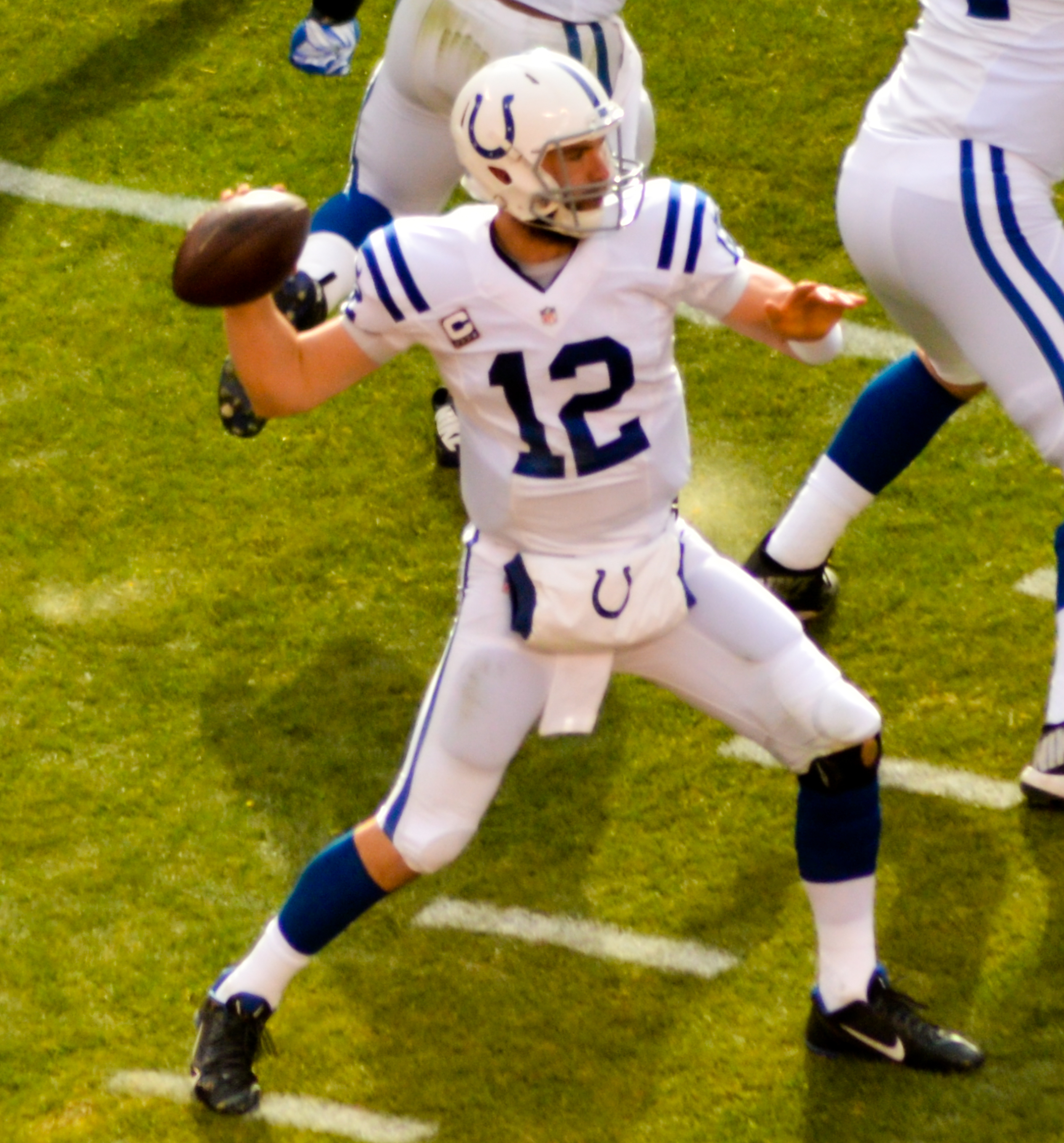Feeling “Lucky” After Shoulder Surgery? Andrew Luck of the Indianapolis Colts struggling with injuries
 |
When quarterback Andrew Luck made the move from the Stanford Cardinals to the Indianapolis Colts, the only thing in his mind was probably “filling the shoes” previously worn by Peyton Manning and winning a Super Bowl. However, the 2017-2018 season had different plans for Luck, as a shoulder Now, after shoulder surgery in January 2017 and a variety of rehabilitation programs, the question remains...
“Will this be Andrew Luck’s season to return to football?” |
What Is a Shoulder Labral Tear?
There are two different types of shoulder labral tears - SLAP (Superior Labrum from Anterior to Posterior) tears and Bankart tears. A SLAP tear occurs when the biceps tendon that connects to the shoulder is torn, while the Bankart tear refers to a shoulder dislocation that typically arises in younger patients.
For Luck, his shoulder injury happened due to a torn labrum in his right shoulder, falling
While SLAP tears can be treated through non-surgical methods, other instances of SLAP tears require surgery. Non-surgical treatments of shoulder labral tears include:
- Anti-Inflammatory Medications
Over-the-counter medications like Naproxen and ibuprofen can help decrease swelling and pain.
- Cessation of Throwing
Unfortunately, one of the first things recommended when suffering a SLAP tear is to stop participating in any throwing activities, like football, until the injury has fully healed.
- Physical Therapy
Certain exercises like “Empty the Can,” “Draw the Sword,” and the “Medicine Ball ‘Alphabet’” can help strengthen shoulder muscles, while stretching exercises can help to improve the shoulder’s mobility.
As with any surgery, one of the most crucial parts of the recovery process is rest.
Slow and Steady Wins the Recovery Race
While the recovery period can be different for anyone who undergoes shoulder surgery, as it depends on the size of the tear and other factors related to the injury, most shoulder surgery recipients take between four to six months to recover. In addition, a sling is usually worn for the first four to six weeks after surgery to limit the person’s motion of the shoulder, so the rotator cuff tendon can re-join and heal.
Physical therapy, as mentioned above for non-surgical treatments, can also help to improve the shoulder muscles during the recovery process. However, more in-depth exercises to help a person regain motion and flexibility and strengthening exercises may be added over time.
Even in Luck’s case, the Indianapolis Colts management team understands the importance of rest during the recovery process, especially after the setback that occurred after Luck’s first time trying to come back in November 2017. Therefore, they are not planning on throwing Luck back onto the field in full-force just yet.
Instead, Luck will be on a limited workload throughout the offseason and into training camp to ensure he is fully ready for a new season without any other setbacks after shoulder surgery.
Although, athletes who are involved in throwing sports like Luck can begin interval throwing about three to four months after shoulder surgery.
Did a recent injury leave your shoulder in a lot of pain? Make an appointment with our orthopedic surgeons today at Lemak Health to discuss if shoulder surgery or a non-surgical treatment option is the right decision for you.
